Baiheliang Underwater Museum is located at No. 185, Section 2 of Binjiang Avenue, Fuling District, Chongqing, China. It is the world's first underwater museum accessible without diving equipment and also a branch of Chongqing Three Gorges Museum, belonging to a local historical museum. The museum officially started construction in 2003 and was completed and opened to the public on May 18, 2009. It covers an area of approximately 11,300 square meters with a construction area of 8,433 square meters.
History and Culture
Baiheliang, originally known as "Bazi Beam" in ancient times, is a natural stone beam about 1,600 meters long and 15 meters wide on average. Due to the erosion of the Yangtze River, it is divided into upper, middle and lower sections. It was renamed Baiheliang after the Qing Dynasty. As early as the Tang Dynasty or even before, there were stone fish water markers on Baiheliang. In the late Tang Dynasty, inscriptions, poems and a "scale and bucket" carving dating back to the first year of Dashun (890 AD) that recorded the water level at that time began to appear near the stone fish water markers. During the Northern Song Dynasty, the stone fish and the mid-river stone beam with ancient inscriptions had become a scenic spot in Fuling. A large number of inscriptions recording the relationship between the stone fish and water levels, as well as related poems and essays, were carved on the stone beam. After the Yuan Dynasty conquered the Southern Song Dynasty, local officials of the Yuan Dynasty still went to the mid-river stone beam in Fuling to observe the stone fish, record water levels and carve inscriptions. During the Ming and Qing Dynasties, the inscriptions on Baiheliang continued to develop, with a larger number than that in the Yuan Dynasty but far less than that in the Song Dynasty. In modern times, a total of 14 inscriptions were carved on the stone beam. After the founding of the People's Republic of China, considering protection and research needs, the practice of carving inscriptions on the stone beam basically ceased. In 1992, with the launch of the Three Gorges Project, Baiheliang was about to be submerged at the bottom of the river. In 2002, the "non-pressure container" protection plan was determined. The protection project started in 2003, and the museum was completed and opened in 2009.
Main Attractions
Underwater Inscriptions
Baiheliang Underwater Museum houses 165 sections of inscriptions, 18 stone fish, 2 Guanyin statues and 1 white crane carving. These inscriptions record poems, essays and various graphic stone carvings from the second year of Guangde in the Tang Dynasty (764 AD) onwards, and are of great scientific, historical and artistic value.
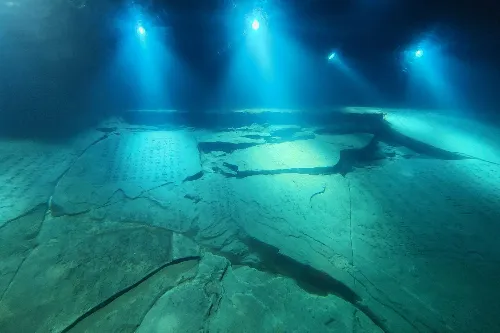

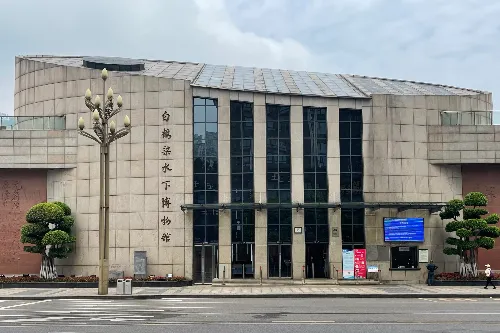
Sloped Corridor
The sloped corridor is 91 meters long and goes 40 meters under the Yangtze River. It uses audio-visual and electronic technologies to create a "sky screen", simulating the original scene of Baiheliang, allowing visitors to experience the scenery along the riverbank as they gradually descend into the underwater part of the Yangtze River.

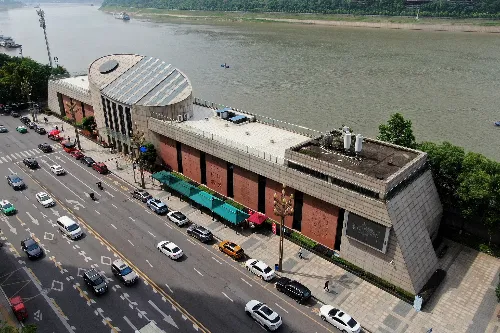
Horizontal Corridor
The horizontal corridor is 146 meters long. Through videos, exhibition boards and 3D paintings, it introduces knowledge about fish in the "ecological Yangtze River" and ships in the "navigational Yangtze River".
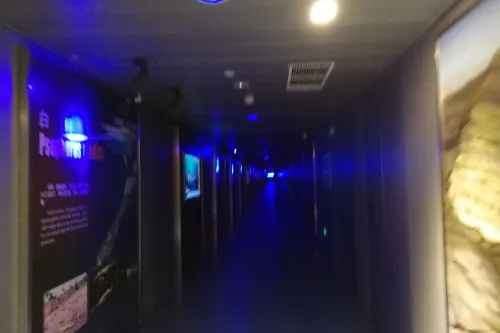
Visiting Corridor
The visiting corridor is a viewing area surrounding the protected structure. It is equipped with 23 circular glass windows, through which visitors can observe the inscriptions. In addition, projections of rubbings of the inscriptions are used to provide supplementary explanations for important inscriptions.

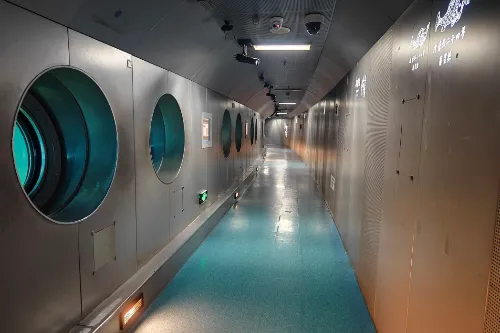
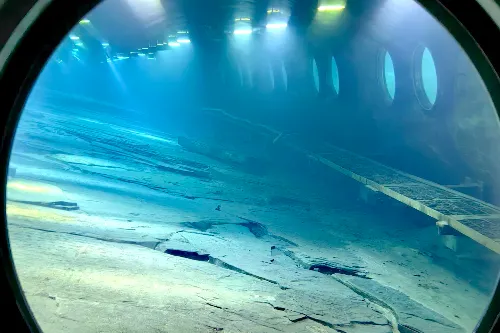
Ground Exhibition Hall
The ground exhibition hall permanently holds a special exhibition on Baiheliang inscriptions, with the theme of "Water, Stone, Poetry, Museum". It is divided into four units: "Water of Life - Hydrological Observation in the Civilizations of the World's Great Rivers", "Ruler of the Yangtze River - The Scientific Value of Baiheliang Inscriptions", "Underwater Stone Forest - The Humanistic Value of Baiheliang Inscriptions" and "Pearl of the Three Gorges - The World's First Underwater Museum of Heritage Sites".
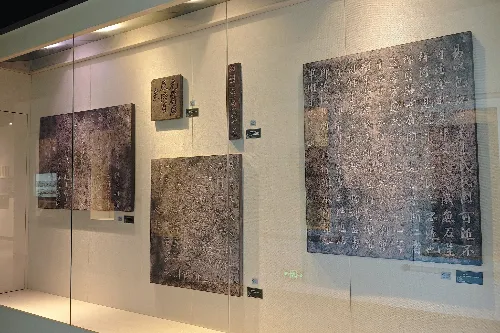
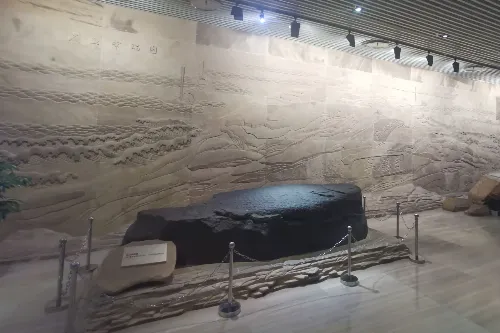
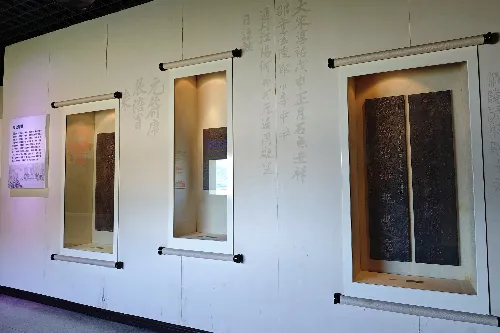
Tour Route
Ground Exhibition Hall → Sloped Corridor → Horizontal Corridor → Visiting Corridor → Underwater Inscriptions
Tour Suggestions
- Learn about the museum's opening hours and ticket information in advance to arrange your itinerary properly.
- You can hire a tour guide or interpreter to gain a deeper understanding of the historical and cultural connotations of Baiheliang.
- Abide by the museum's regulations during the visit: do not touch cultural relics, and do not take photos or record audio without permission.
- If time permits, you can visit nearby attractions such as the Fuling Mustard Museum to gain a more comprehensive understanding of Fuling's history and culture.
Notes
- Abide by the order in the museum: do not make loud noises or chase and run around.
- Visit along the designated route and do not leave the specified area without permission.
- Pay attention to protecting cultural relics: do not touch or carve on the inscriptions.
- Take good care of your personal belongings to avoid loss.
Transportation
- Within the urban area, you can take bus routes 113, 119, 302, 306 and 307 to reach Baiheliang directly.
Opening Hours
It is open from 09:00 to 17:00 (ticket sales stop at 16:30) from Tuesday to Sunday throughout the year, and closed on Mondays.
Tickets
Adult ticket: 50 yuan per person.
You can search for the official WeChat public account of the scenic spot "重庆白鹤梁水下博物馆" to get the latest updates. At present, the official public account has not yet opened the online ticket purchase function.
Online Booking
Click here to jump to the Trip.com ticketing platform for ticket purchase.


